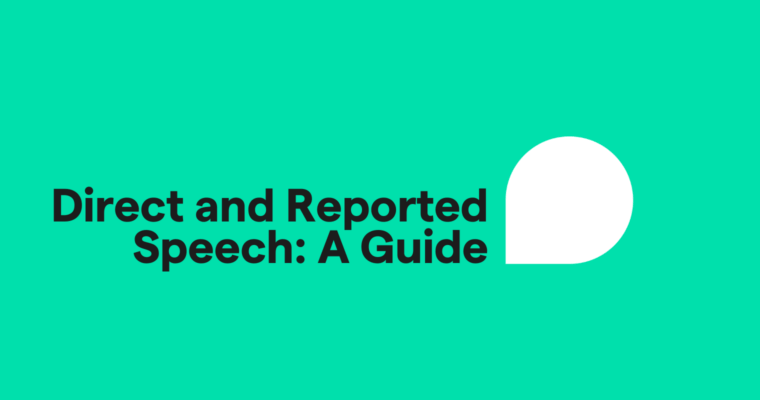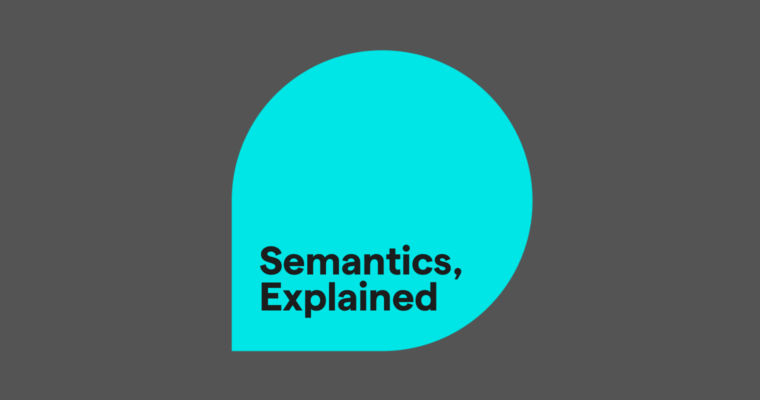
Contractions are a unique type of word that combines two or more other words in a shortened form, usually with an apostrophe. Contractions take words that usually go together, like can not or I have, and then remove certain letters to shorten them and make other words, like can’t or I’ve.
Contractions are an incredibly useful way to save time in both writing and speech, but there are a lot of rules about when and how to use them (for example, in formal writing they’re considered inappropriate). We’ll clear up the confusion and explain everything you need to know about contractions and provide a contraction word list below.
What are contractions in writing?
Contractions are a kind of abbreviation that combines two or more words by removing certain letters and usually adding an apostrophe. Only certain words can be contracted: typically small and common words (not, is/are), especially pronouns (I, he/she/it, they), and modal verbs (can, will, might, must, should, would, could).
Even though they represent multiple words, contractions act as a single word. Moreover, contractions all have a definite spelling, which means you can’t just combine words however you like. Be careful, though, because two different contractions can be spelled the same, such as I would and I had, which are both contracted as I’d.
In sentence structure, contractions act in the same way as the words that make them.
I do not understand how to use contractions.
I don’t understand how to use contractions.
The point of contractions is simply to save time. By cutting out letters and combining multiple words into one, your writing (and speech) becomes more compact and therefore more potent. Contractions are common in casual conversations like emails, text messages, or social media posts but not in formal writing like academic papers.
Only certain word combinations have contractions, so you shouldn’t try to make up your own. We’ve provided a contraction word list below so you can review which contractions are acceptable.
Contractions grammar: How are contractions used?
Here’s a quick list of the grammar rules for contractions.
1 Don’t use contractions in formal writing.
Contractions are considered informal language—they’re most common in speech and casual written conversations. That makes them out of place in formal writing like academic papers or research reports. You can review formal vs. informal writing here to see whether or not you should use contractions.
2 Negative contractions are typically used with tag questions.
Tag questions are declarative statements with a question “tagged on” the end that asks if someone agrees.
The weather is hot today, isn’t it?
If the declarative part of the sentence is a positive statement, then the question part is phrased as a negative and vice versa. When the tag question is negative, use a contraction. If the main verb is be, then the verb in the tag question should match (like in the example above, which uses is and isn’t). If the declarative statement uses a main verb other than be, the tag question uses a negative contraction formed with do and not.
She loves you more than me, doesn’t she?
3 Some contractions are colloquial.
You may have heard some people use contractions like amn’t or ain’t, but these are not common. Like slang, some contractions are popular only in certain geographical regions or cultures. These are known as colloquialisms, and colloquial contractions may not be understood by everyone because they’re technically not proper English.
Specifically, the contraction amn’t is used mostly in Scottish and Irish English, while the contractions ain’t and y’all are used mostly in regional American English.
4 Don’t confuse contractions with possessives.
Apostrophes are common in both contractions and possessive nouns, which can get confusing. To make matters worse, possessive nouns in English use ’s, just like many contractions. If you’re confusing contractions and possessives, it can help to take a look at their context.
The university’s recruited archaeologists to help with the dig.
[The university has recruited . . .]
The university’s archaeologists help with the dig.
[The archeologists of the university help . . .]
Another potentially confusing area is possessive pronouns, which can sound the same as some contractions. In these cases, just remember that possessive pronouns do not use an apostrophe, so if you see what looks like a possessive pronoun with an apostrophe, it’s actually a contraction.
it’s -> it is
its -> possessive of it
they’re -> they are
their -> possessive of they
who’s -> who is
whose -> possessive of who
she’s -> she is
her -> possessive of she
5 In American English, don’t use contractions with has/have to express possession.
Have and has are two of the most common words in contractions, whether they’re preceded by subjects (we’ve, it’s) or phrased as negatives (haven’t, hasn’t). However, have and has can be used as contractions only when they’re modal verbs, another name for helper verbs. When have or has is used as a main verb with the meaning “to own, possess, or hold,” they cannot be used as contractions.
6 In American English, avoid subject contractions in the negative present perfect tense.
There’s another rule about contractions, again particular to American English, related to subject contractions in the present perfect tense (used for past actions that are related to or continue into the present). When the present perfect tense is used in the negative, it’s incorrect to use a subject contraction like she’s or I’ve. Instead you should use the subject followed by the contractions haven’t or hasn’t.
7 Contractions with nouns are less common in writing than in speech.
While contractions with pronouns are typical in both speech and informal writing, contractions with other nouns are more exclusive to speech than to writing.
When speaking directly to someone, you might say something like, “My friend’ll be here soon” or “Jonah’s on his way,” but in writing these are considered too informal (unless they’re part of dialogue). It’s best to avoid contractions like these in all forms of writing.
8 It’s best to avoid double contractions in writing.
Another type of contraction that’s fine in speech but not in writing is the double contraction, such as I’d’ve for I would have or mustn’t’ve for must not have. While these are technically acceptable in casual conversations, they look awkward and should be avoided in all forms of writing (again, unless they’re part of dialogue).
Contraction word list: examples of contractions
Common contraction word list
| Contraction | Meaning |
| could’ve | could have |
| he’d | he had, he would |
| he’ll | he will |
| he’s | he has, he is |
| here’s | here is |
| how’d | how did, how would |
| how’ll | how will |
| how’re | how are |
| how’s | how has, how is |
| I’d | I had, I would |
| I’ll | I will |
| I’m | I am |
| I’ve | I have |
| it’d | it had, it would |
| it’ll | it will |
| it’s | it has, it is |
| let’s | let us |
| might’ve | might have |
| must’ve | must have |
| she’d | she had, she would |
| she’ll | she will |
| she’s | she has, she is |
| should’ve | should have |
| somebody’s | somebody has, somebody is |
| someone’s | someone has, someone is |
| something’s | something has, something is |
| that’d | that would |
| that’ll | that will |
| that’s | that has, that is |
| there’s | there has, there is |
| there’re | there are |
| these’ll | these will |
| these’re | these are |
| they’d | they had, they would |
| they’ll | they will |
| they’re | they are |
| they’ve | they have |
| this’ll | this will |
| this’s | this has, this is |
| those’ll | those will |
| we’d | we had, we would |
| we’ll | we will |
| we’re | we are |
| we’ve | we have |
| what’d | what did |
| what’ll | what will |
| what’re | what are |
| what’s | what has, what is |
| what’ve | what have |
| when’d | when did |
| when’s | when has, when is |
| where’d | where did |
| where’ll | where will |
| where’re | where are |
| where’s | where has, where is |
| where’ve | where have |
| which’s | which has, which is |
| who’d | who did, who had, who would |
| who’ll | who will |
| who’re | who are |
| who’s | who has, who is |
| who’ve | who have |
| why’d | why did |
| why’re | why are |
| why’s | why has, why is |
| would’ve | would have |
| you’d | you had, you would |
| you’ll | you will |
| you’re | you are |
| you’ve | you have |
Negative contraction word list
| aren’t | are not |
| can’t | can not |
| couldn’t | could not |
| didn’t | did not |
| doesn’t | does not |
| don’t | do not |
| hadn’t | had not |
| hasn’t | has not |
| haven’t | have not |
| isn’t | is not |
| mustn’t | must not |
| shouldn’t | should not |
| wasn’t | was not |
| weren’t | were not |
| won’t | will not |
| wouldn’t | would not |
Contractions FAQs
What are contractions?
Contractions are two or more words that are combined and shortened to save time. Typically, you can identify a contraction by the apostrophe, as with isn’t or they’ve—but don’t confuse contractions with possessive nouns, which also use apostrophes.
How do contractions work?
Contractions replace the words they represent and take their place in a sentence. Typically, certain letters are removed, which are noted by the apostrophe.
When should you use contractions?
Contractions are considered informal, so they should not be used in formal writing like academic papers.
What are some examples of contractions?
Some of the most common contractions in English include can’t, it’s, they’ve, what’s, and would’ve.





